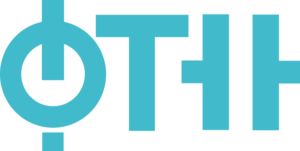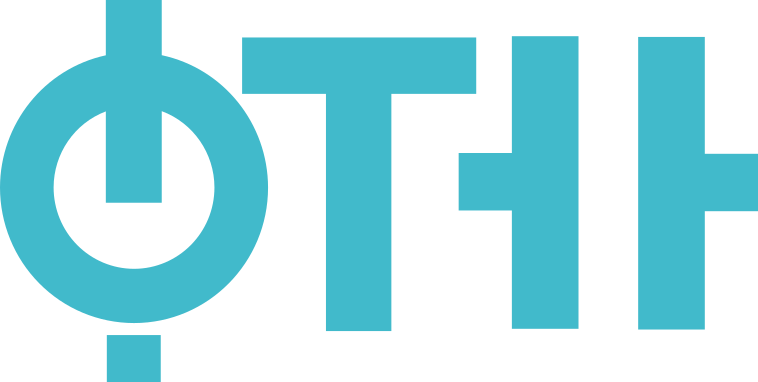Subject: Ultrasonic and Audio Technologies in Medicine (17.BM118B )
Native organizations units: Department of Power, Electronic and Telecommunication Engineering
Study programmes of the course:
| Type of studies | Title |
|---|---|
| Undergraduate Academic Studies | Biomedical Engineering (Year: 4, Semester: Winter) |
| Category | Professional-applicative |
| Scientific or art field |
|
| ECTS | 5 |
To expand the student's knowledge of sound waves: how they are produced and outspread. To explain what and how humans hear, how they distinguish the sound preasure level (dB) and the frequency sound content (Hz), how they perceive the direction where the sound source is located, and how noise affect people. To explain how the sound is recorded, transmitted and reproduced, and how the perception of sound is affected by enclosed spaces. Particularly to explain the mechanism of speech production and perception, as well as the characteristics of the speech mechanism, and the sense of hearing. To present audiometric techniques for hearing tests and measurements of voice quality. Given the particular importance of ultrasound technology for medical diagnosis and therapy, to introduce students to the way of production, propagation and detection of ultrasound.
Students will learn about audio signals, especially about speech as the most natural way of communication between humans, and ultrasound, due to its importance in medical diagnostics and medicine in general. In addition to basic elements of physical and physiological acoustics (what and how people can hear), students will become familiar to electro-acoustic transducers (microphones, speakers and headphones), measurement devices, and other devices and equipment that will be presented at exercises and during visits to recording studios and audiological laboratories. Through practical work students will be introduced to techniques for hearing testing and measuring voice quality. This course will help students to become engineers who understand audiologists, phoniatres, speech therapists, radiologists and other staff working in medical institutions with ultrasound, as well as problems with hearing or speech.
(1) Physical acoustics (formation and physical characteristics of sounds; propagation of sound waves: reflection and absorption, direct and reverberant sound, standing waves, Doppler effect). (2) Psychophysiology and sound perception (anatomy of the sense of hearing, threshold of hearing and threshold of pain, binaural localization of the source, sound masking effect and noise impact on people). (3) Electroacoustics (microphones, speakers and headphones, measuring devices, tools for audio signal analysis and processing). (4) Hearing evaluation (perception of pitch, level and spectrum in sound; tonal and speech audiometry; hearing aids and cochlear implants). (5) Voice production and perception (acoustical, motoric and cognitive aspects, modelling of speech production and perception). (6) Speech quality evaluation and speech intelligibility measurements (objective measurements and subjective assessment of acoustical characteristics of voice; forensic speaker recognition). (7) Introduction to ultrasonic technology (generation, propagation, and detection of ultrasound; ultrasonic devices; applications in diagnostics and therapy).
Lectures are performed with PowerPoint presentations accompanied by numerous audio and video attachments and animations. They are followed by exercises in the Laboratory of Acoustics and Speech Technologies at FTS. Visits to the audiological laboratories at the Faculty of Medicine and the “Milan Petrović” school for children with disabilities are planned. Department of Audiology of the Clinic for Ear, Throat and Nose in Novi Sad and the Institute for Experimental Phonetics and Pathology of Speech in Belgrade provide students internship. The exam prerequisites are a seminar work and 3 of 4 tests - the condition for entering the exam is 25 of 50 points. Seminar works are done individually, while the best from some topics are presented and bring additional points. The first part of the exam can be passed through a colloquium. Independent student work is supported through the web portal of the Chair of Communications and Signal Processing - www.telekom.ftn.uns.ac.rs.
| Authors | Title | Year | Publisher | Language |
|---|
| Course activity | Pre-examination | Obligations | Number of points |
|---|---|---|---|
| Coloquium exam | No | No | 20.00 |
| Test | Yes | Yes | 10.00 |
| Test | Yes | Yes | 10.00 |
| Test | Yes | Yes | 10.00 |
| Term paper | Yes | Yes | 20.00 |
| Presentation | Yes | No | 10.00 |
| Written part of the exam - tasks and theory | No | Yes | 50.00 |
| Test | Yes | No | 10.00 |
Prof. Delić Vlado
Full Professor
Lectures

Assistant - Master Šobot Srđan
Assistant - Master
Practical classes

Assistant - Master Šobot Srđan
Assistant - Master
Computational classes
Faculty of Technical Sciences

© 2024. Faculty of Technical Sciences.
Contact:
Address: Trg Dositeja Obradovića 6, 21102 Novi Sad
© 2024. Faculty of Technical Sciences.



